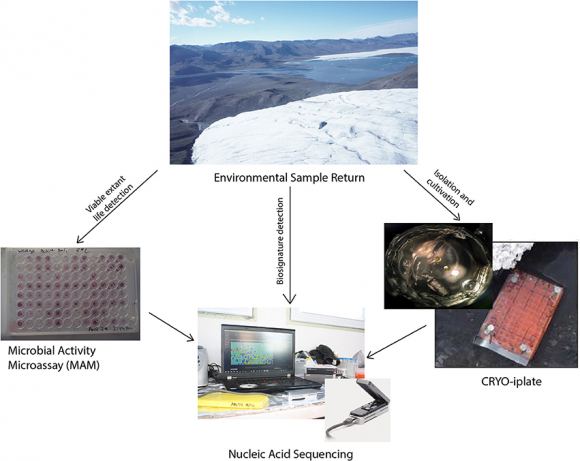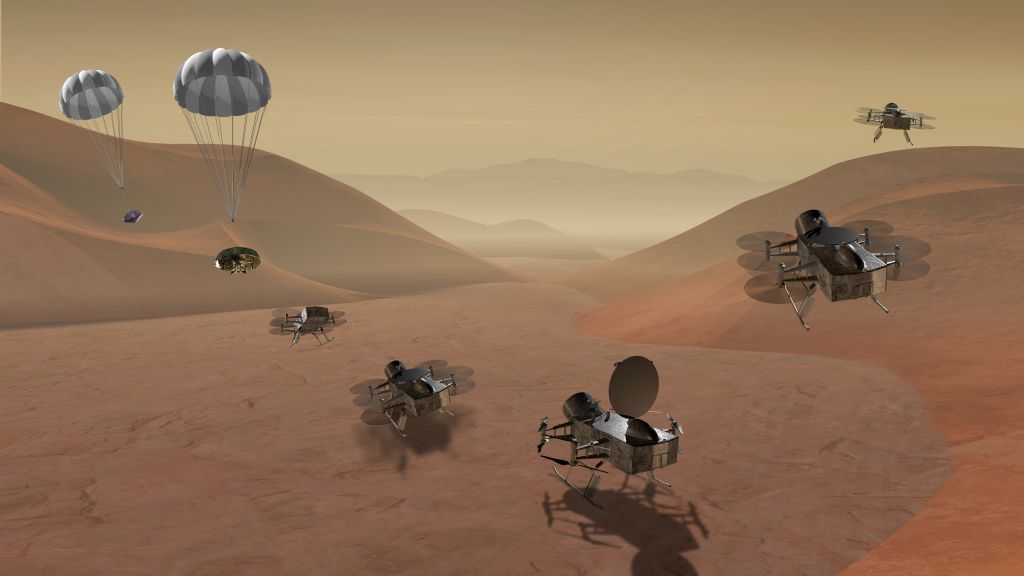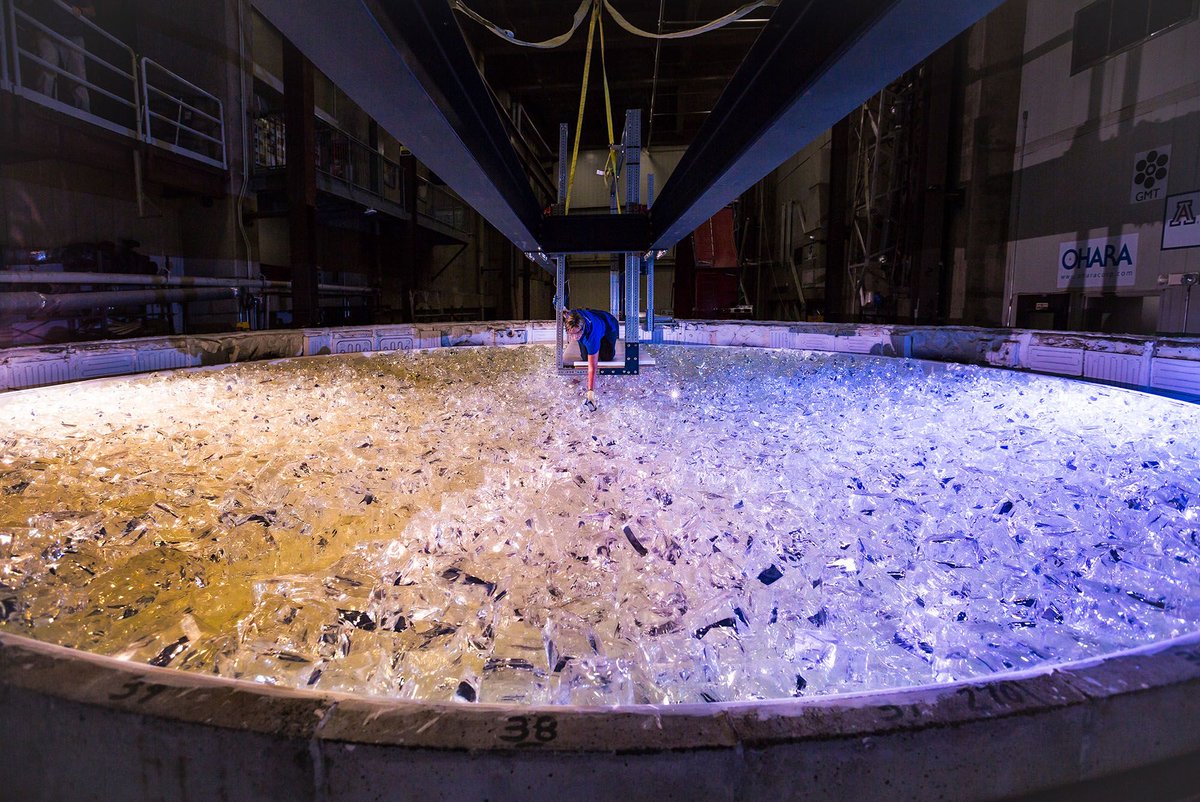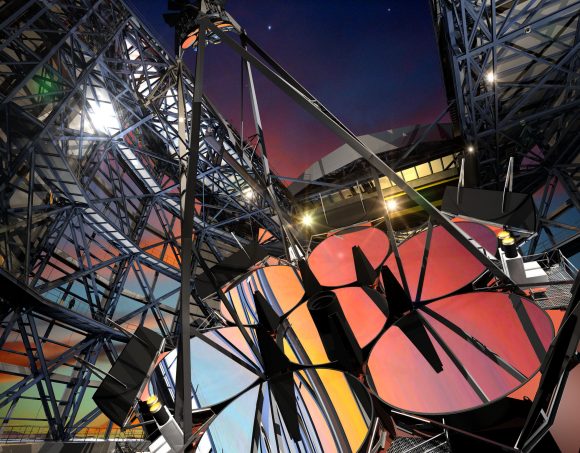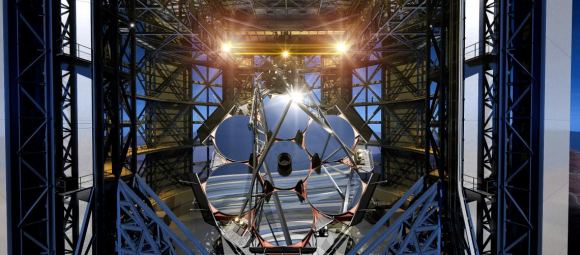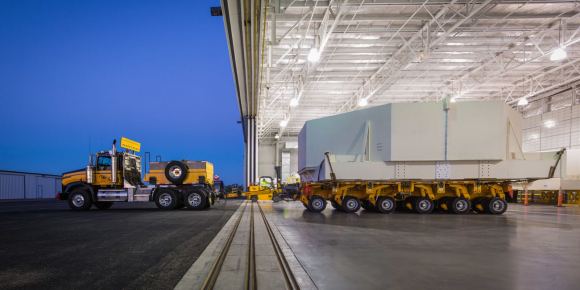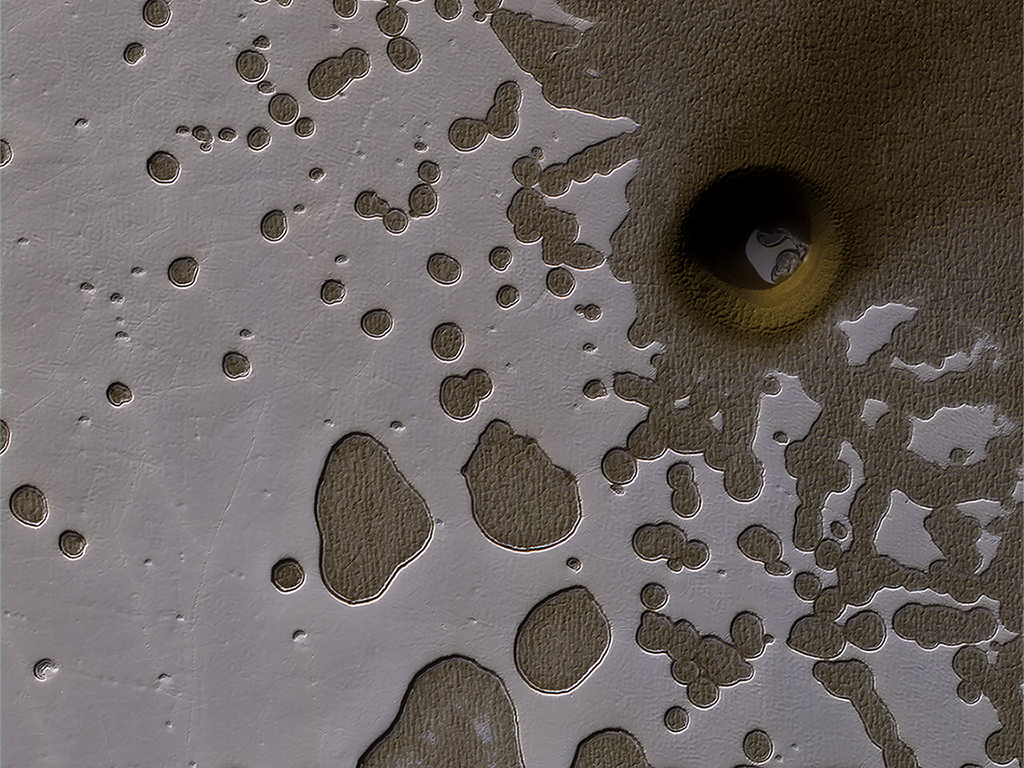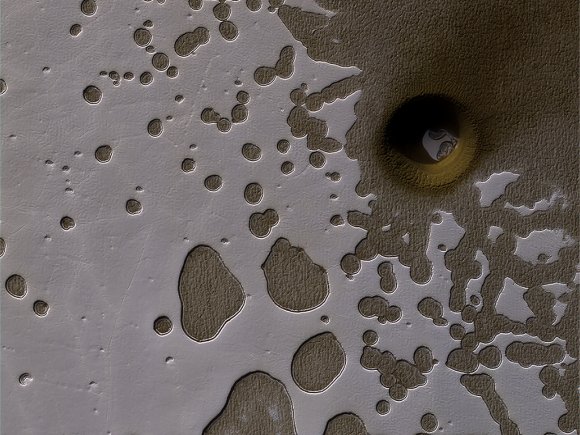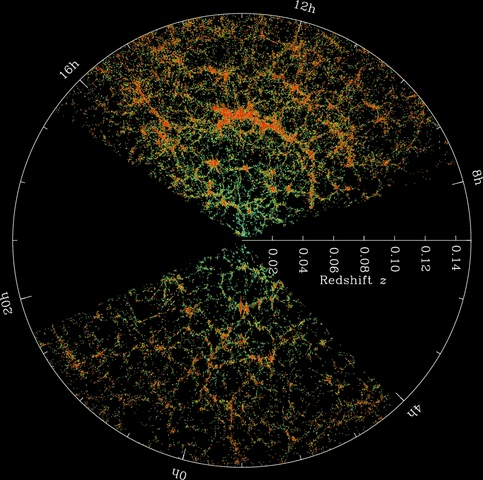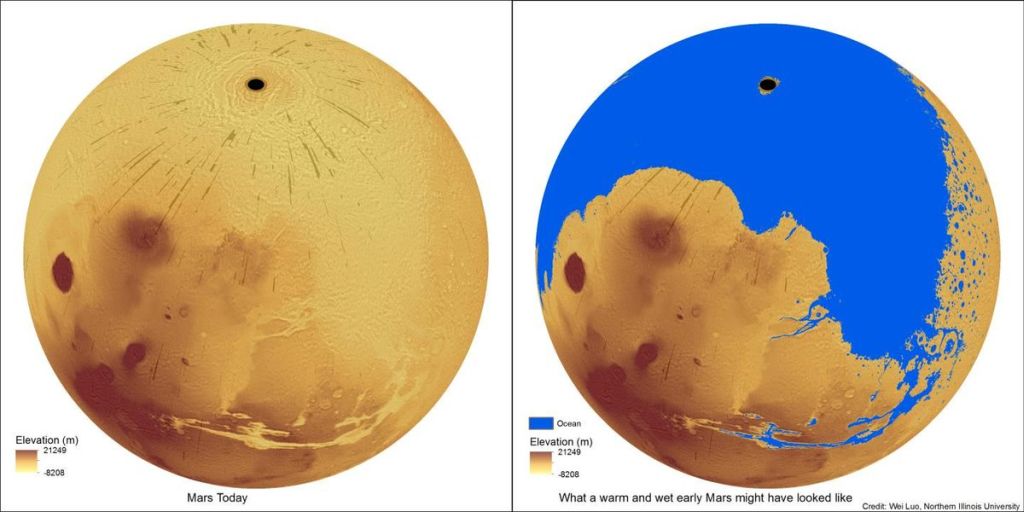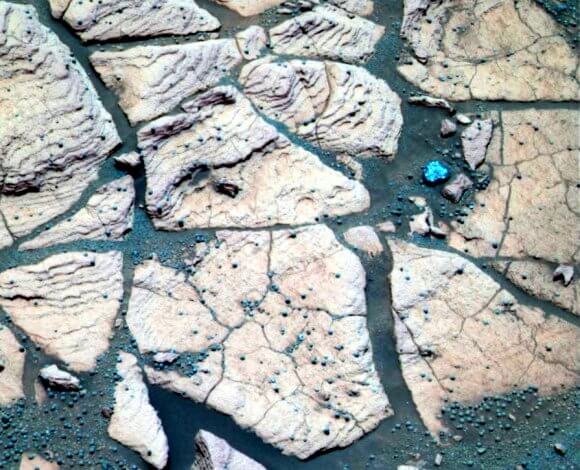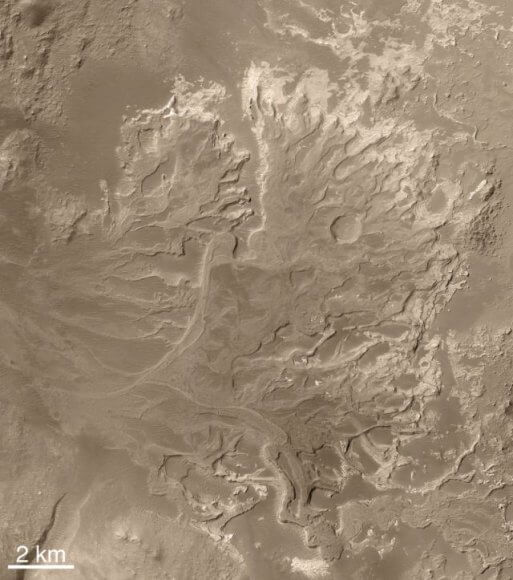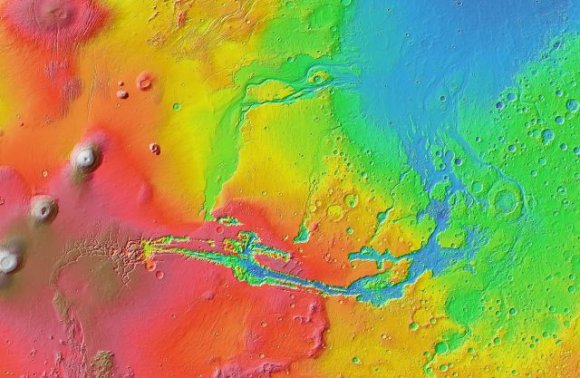When is a Brown Dwarf star not a star at all, but only a mere Gas Giant? And when is a Gas Giant not a planet, but a celestial object more akin to a Brown Dwarf? These questions have bugged astronomers for years, and they go to the heart of a new definition for the large celestial bodies that populate solar systems.
An astronomer at Johns Hopkins University thinks he has a better way of classifying these objects, and it’s not based only on mass, but on the company the objects keep, and how the objects formed. In a paper published in the Astrophysical Journal, Kevin Schlaufman made his case for a new system of classification that could helps us all get past some of the arguments about which object is a gas giant planet or a brown dwarf. Mass is the easy-to-understand part of this new definition, but it’s not the only factor. How the object formed is also key.
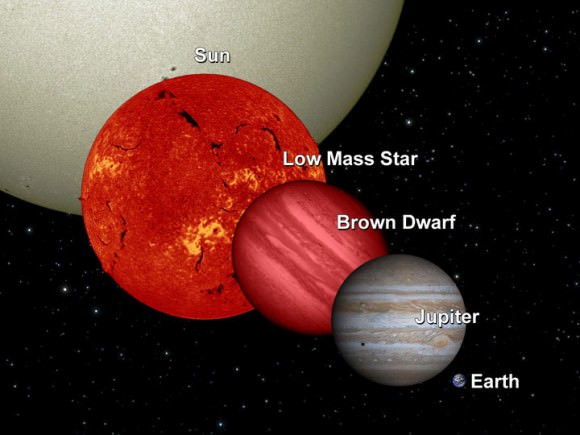
Schlaufman is an assistant professor in the Johns Hopkins Department of Physics and Astronomy. He has set a limit for what we should call a planet, and that limit is between 4 and 10 times the mass of our Solar System’s biggest planet, Jupiter. Above that, you’ve got yourself a Brown Dwarf star. (Brown Dwarfs are also called sub-stellar objects, or failed stars, because they never grew massive enough to become stars.)
“An upper boundary on the masses of planets is one of the most prominent details that was missing.” – Kevin Schlaufman, Johns Hopkins University, Dept. of Physics and Astronomy.
Improvements in observing other solar systems have led to this new definition. Where previously we only had our own Solar System as reference, we now can observe other solar systems with increasing effectiveness. Schlaufman observed 146 solar systems, and that allowed him to fill in some of the blanks in our understanding of brown dwarf and planet formation.
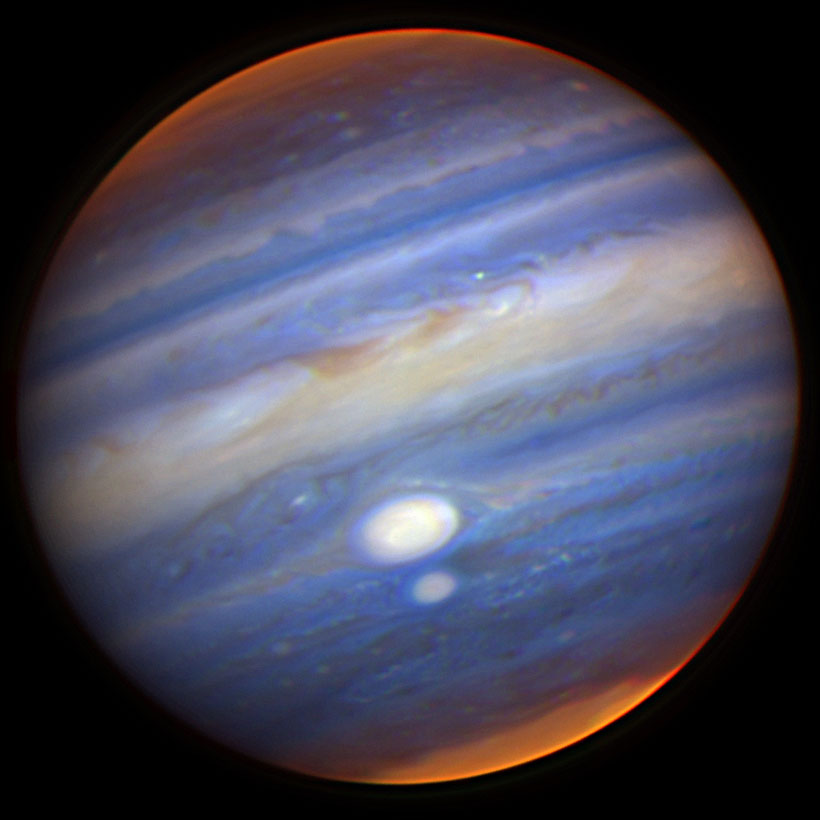
“While we think we know how planets form in a big picture sense, there’s still a lot of detail we need to fill in,” Schlaufman said. “An upper boundary on the masses of planets is one of the most prominent details that was missing.”
Let’s back up a bit and look at how Brown Dwarfs and Gas Giants are related.
Solar systems are formed from clouds of gas and dust. In the early days of a solar system, one or more stars are formed out of this cloud by gravitational collapse. They ignite with fusion and become the stars we see everywhere in the Universe. The leftover gas and dust forms into planets, or brown dwarfs. This is a simplified version of solar system formation, but it serves our purposes.
In our own Solar System, only a single star formed: the Sun. The gas giants Jupiter and Saturn gobbled up most of the rest of the material. Jupiter gobbled up the lion’s share, making it the largest planet. But what if conditions had been different and Jupiter had kept growing? According to Schlaufman, if it had kept growing to over 10 times the size it is now, it would have become a brown dwarf. But that’s not where the new definition ends.
Metallicity and Chemical Makeup
Mass is only part of it. What’s really behind his new classification is the way in which the object formed. This involves the concept of metallicity in stars.
Stars have a metallicity content. In astrophysics, this means the fraction of a star’s mass that is not hydrogen or helium. So any element from lithium on down is considered a metal. These metals are what rocky planets form from. The early Universe had only hydrogen and helium, and almost insignificant amounts of the next two elements, lithium and beryllium. So the first stars had no metallicity, or almost none.
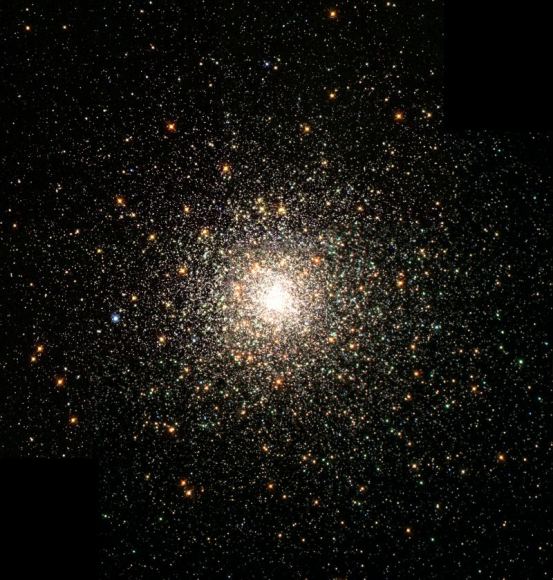
But now, 13.5 billion years after the Big Bang, younger stars like our Sun have more metal in them. That’s because generations of stars have lived and died, and created the metals taken up in subsequent star formation. Our own Sun was formed about 5 billion years ago, and it has the metallicity we expect from a star with its birthdate. It’s still overwhelmingly made of hydrogen and helium, but about 2% of its mass is made of other elements, mostly oxygen, carbon, neon, and iron.
This is where Schlaufman’s study comes in. According to him, we can distinguish between gas giants like Jupiter, and brown dwarfs, by the nature of the star they orbit. The types of planets that form around stars mirror the metallicity of the star itself. Gas giants like Jupiter are usually found orbiting stars with metallicity equal to or greater than our Sun. But brown dwarfs aren’t picky; they form around almost any star. Why?
Brown Dwarfs and Planets Form Differently
Planets like Jupiter are formed by accretion. A rocky core forms, then gas collects around it. Once the process is done, you have a gas giant. For this to happen, you need metals. If metals are present for these rocky cores to form, their presence will be reflected in the metallicity of the host star.
But brown dwarfs aren’t formed by accretion like planets are. They’re formed the same way stars are; by gravitational collapse. They don’t form from an initial rocky core, so metallicity isn’t a factor.
This brings us back to Kevin Schlaufman’s study. He wanted to find out the mass at which point an object doesn’t care about the metallicity of the star they orbit. He concluded that objects above 10 times the mass of Jupiter don’t care if the star has rocky elements, because they don’t form from rocky cores. Hence, they’re not planets akin to Jupiter; they’re brown dwarfs that formed by gravitational collapse.
What Does It Matter What We Call Them?
Let’s look at the Pluto controversy to understand why names are important.
The struggle to accurately classify all the objects we see out there in space is ongoing. Who can forget the plight of poor Pluto? In 2006, the International Astronomical Union (IAU) demoted Pluto, and stripped it of its long-standing status as a planet. Why?
Because the new definition of what a planet is relied on these three criteria:
- a planet is in orbit around a star.
- a planet must have sufficient mass to assume a hydrostatic equilibrium (a nearly round shape.)
- a planet has cleared the neighbourhood around its orbit
The more we looked at Pluto with better telescopes, the more we realized that it did not meet the third criteria, so it was demoted to Dwarf Planet. Sorry Pluto.
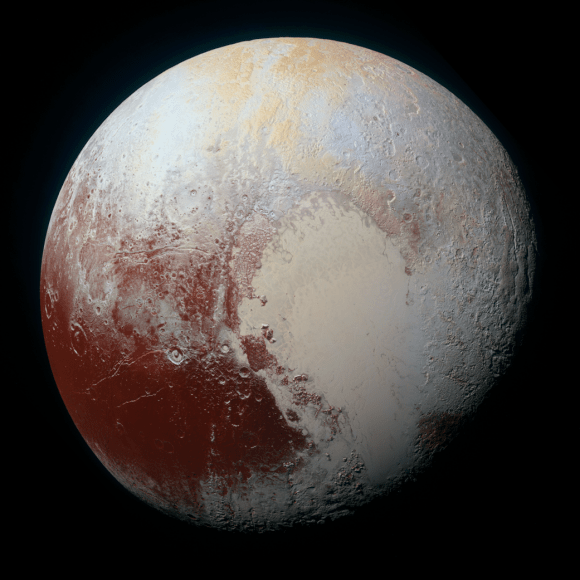
Our naming conventions for astronomical objects are important, because they help people understand how everything fits together. But sometimes the debate over names can get tiresome. (The Pluto debate is starting to wear out its welcome, which is why some suggest we just call them all “worlds.”)
Though the Pluto debate is getting tiresome, it’s still important. We need some way of understanding what makes objects different, and names that reflect that difference. And the names have to reflect something fundamental about the objects in question. Should Pluto really be considered the same type of object as Jupiter? Are both really planets in the same sense? The IAU says no.
The same principle holds true with brown dwarfs and gas giants. Giving them names based solely on their mass doesn’t really tell us much. Schlaufman aims to change that.
His new definition makes sense because it relies on how and where these objects form, not simply their size. But not everyone will agree, of course.
Let the debate begin.

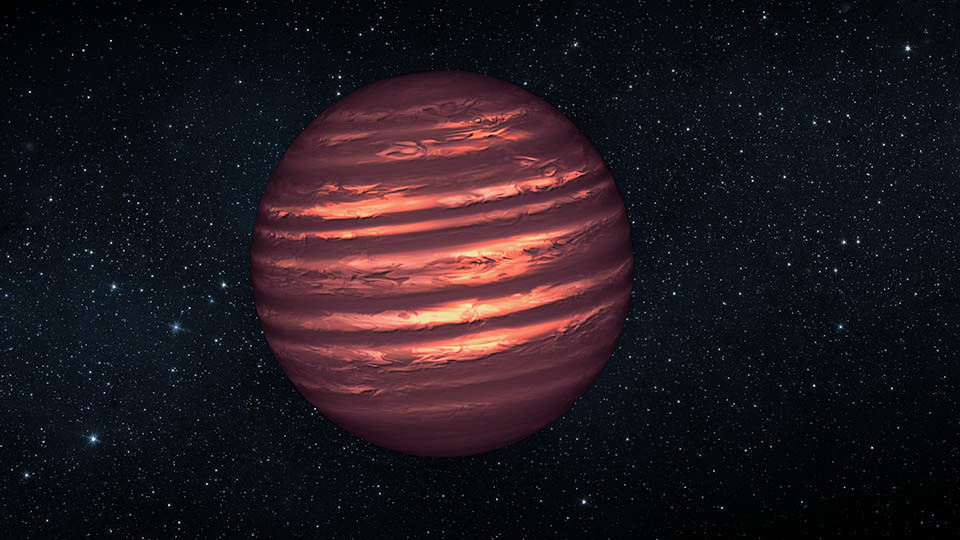
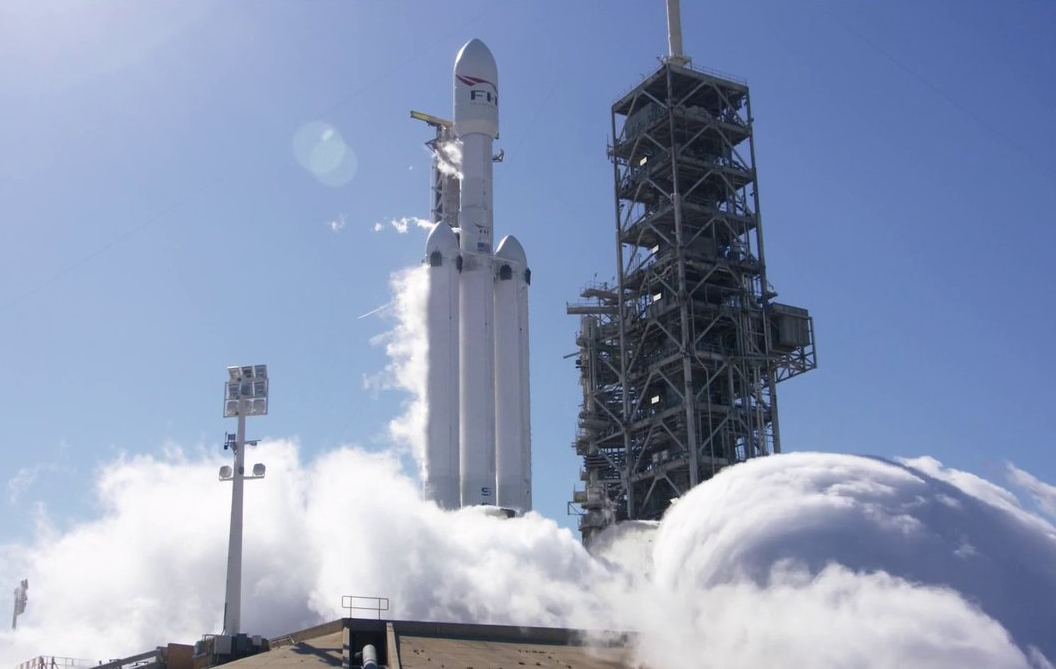
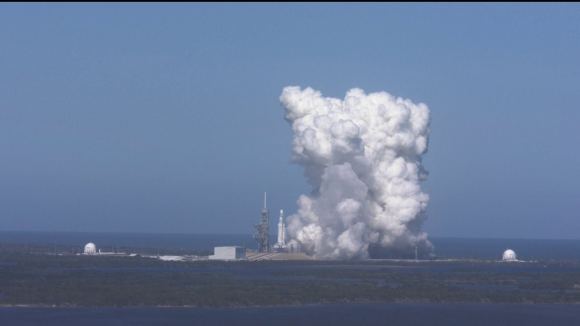
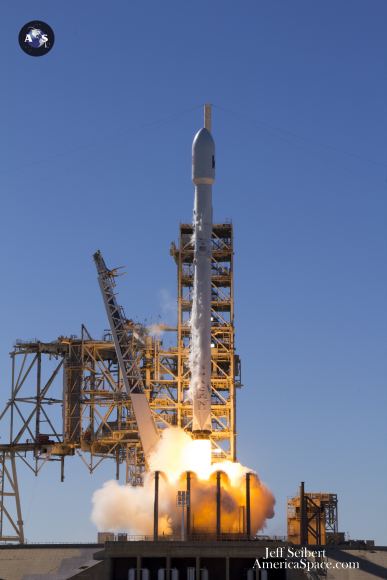
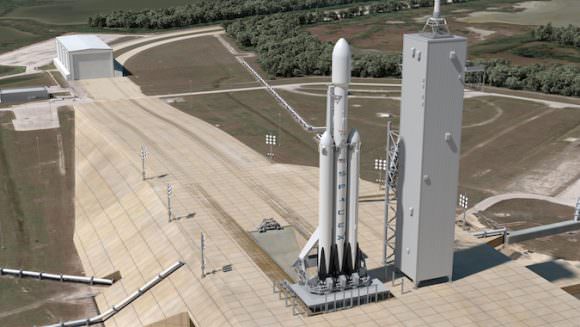
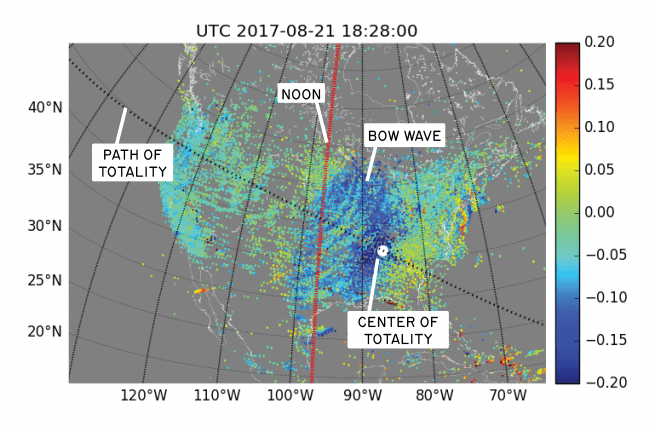
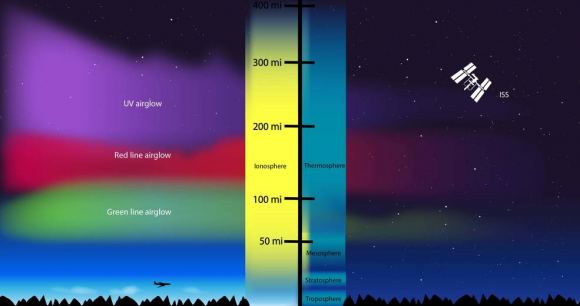
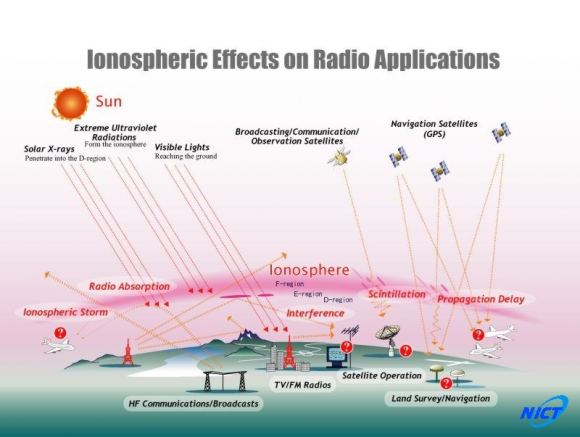
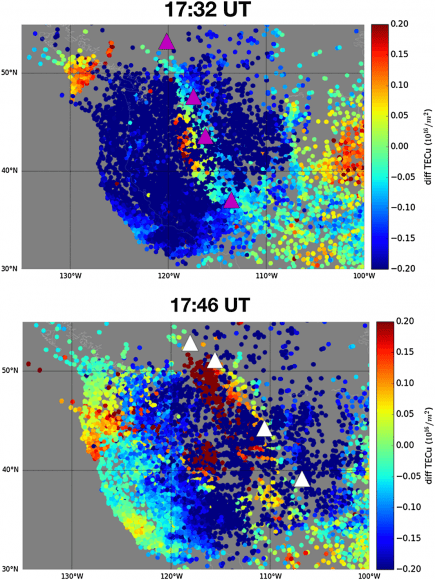
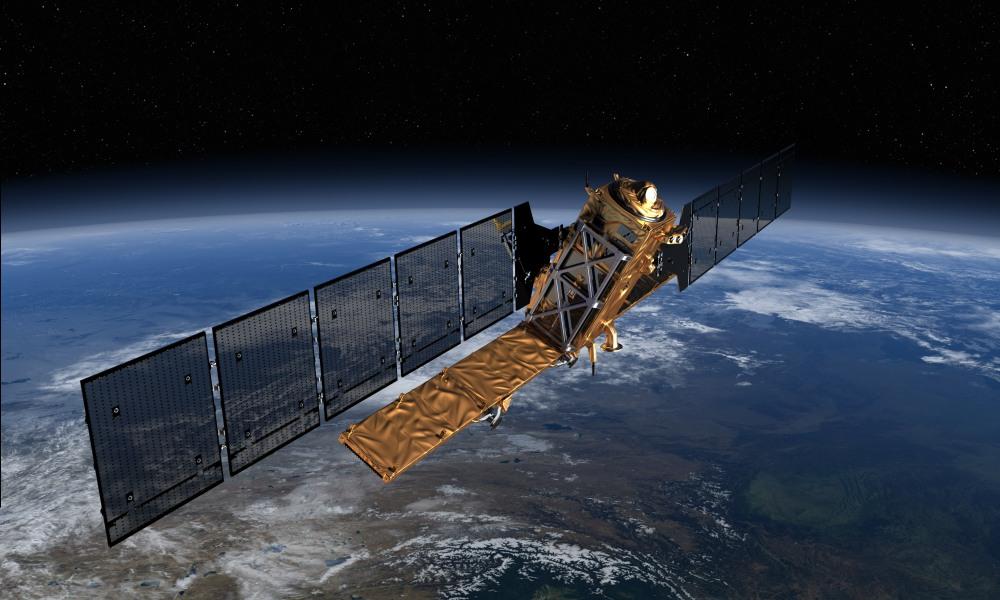
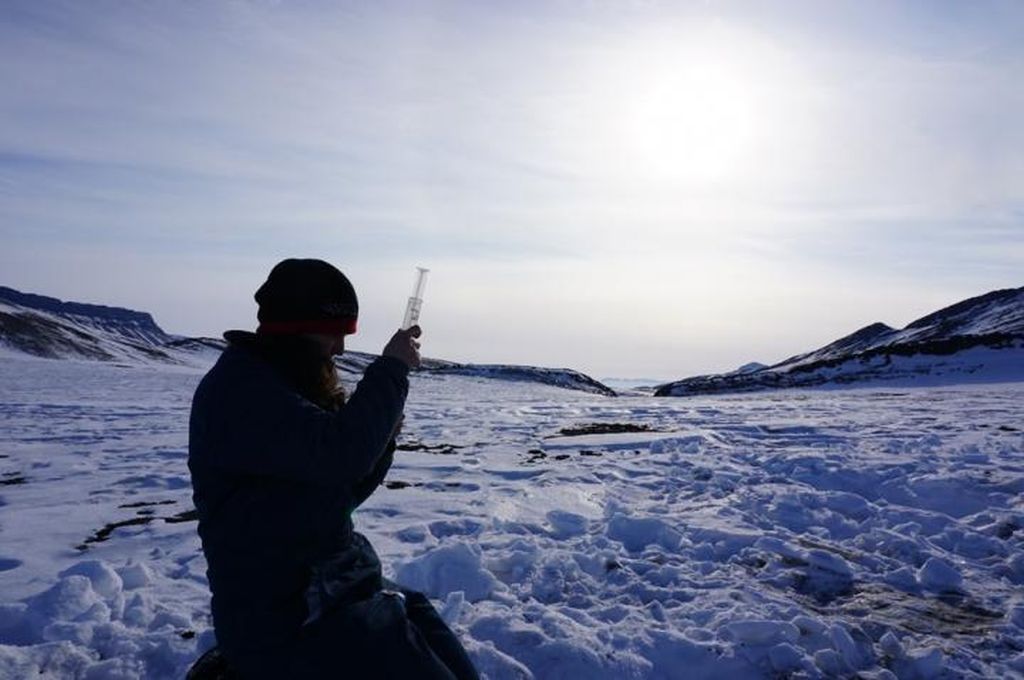
![The Viking 2 lander captured this image of itself on the Martian surface. The Viking Landers were the last missions to directly look for life on Mars. By NASA - NASA website; description,[1] high resolution image.[2], Public Domain, https://commons.wikimedia.org/w/index.php?curid=17624](https://www.universetoday.com/wp-content/uploads/2016/10/608px-Viking2lander1-580x458.jpg)
